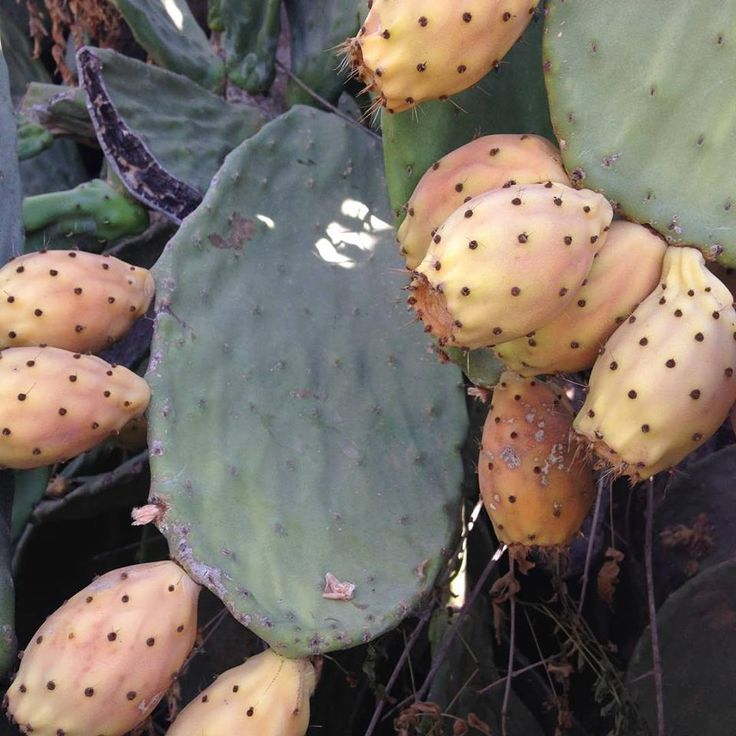Prickly pear fruit, often referred to as “tuna,” is a remarkable and vibrant addition to the world of edible cacti. Its vivid hues, typically ranging from magenta to bright yellow, capture the eye, while its succulent flesh entices the palate. Harvesting and consuming prickly pear can be an adventure, giving rise to curiosity about its preparation and uses. This guide will delve into the multifaceted process of harvesting and enjoying prickly pear, highlighting not only the practical aspects but also the cultural significance embedded within.
Understanding the allure of prickly pear fruit goes beyond its appearance; it embodies a fusion of complexity and simplicity. Within its unassuming exterior lies a deeper connection to the ecosystem and culinary traditions. As we explore the ritual of gathering and savoring prickly pear, we enrich our relationship with this extraordinary fruit.
Whether you’re in the arid desert landscapes of the Southwest or a well-stocked grocery store, this guide will provide the knowledge necessary for both harvesting and enjoyment.
Identifying Prickly Pear: A Botanical Overview
Prickly pear fruit comes from the Opuntia species of cacti, recognizable not only for their distinctive pads but also for their vibrant fruits emerging in late summer to early fall. It is crucial to identify the right variety, as there are over 200 species of prickly pear, each varying in flavor and texture. The typical prickly pear fruit has a unique oval shape adorned with small, hair-like spines known as glochids. These glochids can be deceptively sharp, demanding caution during harvest.
The fruits are borne atop flattened pads, or “nopales,” which can also be consumed. The most common sorts enjoyed for their edible fruit are the Indian fig and the yellow prickly pear. The flavor profile ranges from mildly sweet to candy-like, often compared to a cross between watermelon and bubblegum.
Preparation: Harvesting with Precision
Harvesting prickly pear fruit requires not only skill but also patience. Initially, preparation involves selecting the ideal specimens; look for vibrant, unblemished fruit. The ripeness of prickly pears can be judged by their firmness and color. A ripe prickly pear should yield slightly under gentle pressure and have a rich hue.
Once you’ve identified the fruits ready for harvest, it’s essential to equip yourself properly. Using heavy gloves is paramount to protect against glochids, which can embed themselves in the skin. A pair of long-handled tongs or a knife can facilitate the removal of the fruit from the pads without direct contact.
To harvest, gently twist the fruit until it detaches from the pad. Optionally, you can use a small knife to cut it off, ensuring minimal damage to the plant and allowing for future growth. After harvesting, it’s advisable to place the fruit in a container lined with a soft material to prevent bruising.
Cleaning and Preparing Prickly Pear for Consumption
The initial encounter with freshly harvested prickly pear fruit may raise questions regarding preparation. The cleaning process is vital to ensure that glochids do not remain attached. Begin by rinsing the fruit under cool running water, gently scrubbing with a brush to remove any dirt or residue.
Next, to eliminate glochids, it is recommended to either singe the surface over an open flame or rub the skin with a cloth. Once cleansed, the fruit is ready for further preparation. To extract the flesh, slice off both ends and make a vertical slit down one side, being careful not to penetrate too deeply as the pulp lies just beneath the skin. Peel away the outer skin to reveal the juicy interior.
Flavor and Texture: Tasting Prickly Pear
The consumption of prickly pear can take many forms, each method showcasing the unique attributes of the fruit. Fresh prickly pear can be eaten raw, and the subtle sweetness pairs well with citrus or can be enjoyed with a dusting of chili powder for an added kick. The fleshy pulp contains tiny, crunchy seeds that are edible, adding a delightful texture to dishes.
For those seeking culinary diversity, prickly pear can be utilized in a variety of preparations—think vibrant smoothies, refreshing salads, or even syrups for cocktails and desserts. The fruit’s juice, with its captivating shade and distinctive flavor, can be extracted and used as an ingredient in jellies, beverages, and even salad dressings.
Cultural Significance and Nutritional Value
Prickly pear has transcended mere sustenance; it has historical and cultural footprints within various communities. Indigenous peoples have utilized prickly pear for generations, employing its parts not just as food but also for medicinal purposes. The fruit is rich in antioxidants, vitamins C and E, and dietary fiber. Its consumption is thought to aid in digestion and may contribute to lower blood sugar levels.
In culinary circles, prickly pear provides a unique opportunity to explore the intersection of nature and gastronomy. Foods that connect us to the earth often evoke a sense of nostalgia and reverence. The interplay between beauty and flavor found in prickly pear serves as a reminder of the natural world’s bounty.
In summary, the journey from harvesting to savoring prickly pear fruit is multi-dimensional, marked by an appreciation for both its literal and metaphorical significance. The tactile act of gathering and the vibrant experience of consumption set this fruit apart in culinary exploration. Embarking on this adventure encourages a profound connection to the land and its offerings, immersing oneself in the rich tapestry of culture and flavor. The prickly pear, with its extraordinary qualities, continues to captivate those who seek to enjoy its multifaceted delights.





Leave a Comment